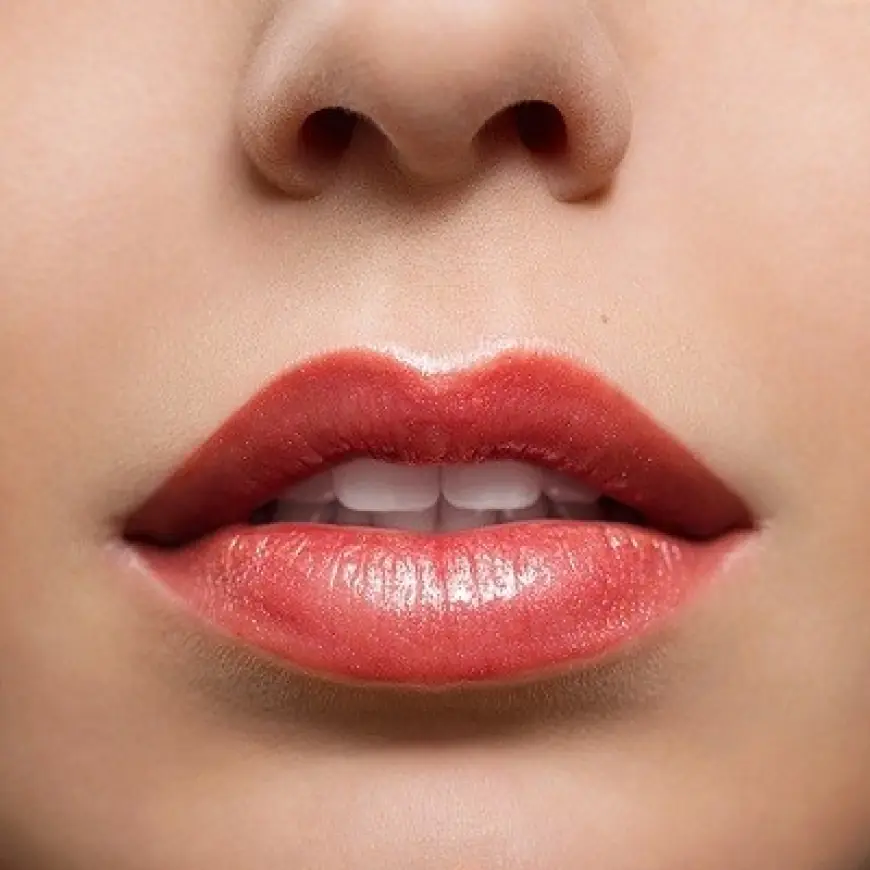The Cons of Lip Augmentation: What You Need to Know
Lip augmentation has become an increasingly popular cosmetic procedure, with many people seeking fuller, plumper lips.

Lip augmentation has become an increasingly popular cosmetic procedure, with many people seeking fuller, plumper lips. While the procedure offers various benefits, such as enhanced appearance and increased confidence, it is essential to consider the potential downsides. Understanding the cons of lip augmentation can help individuals make informed decisions before undergoing treatment. In this blog, we will explore the risks, side effects, and other potential drawbacks associated with lip augmentation in Islamabad.
1. Temporary Results and Maintenance Requirements
One of the main drawbacks of lip augmentation, particularly with dermal fillers, is that the results are not permanent. Most lip fillers, especially those made from hyaluronic acid, last between 6 to 12 months before they are naturally absorbed by the body. This means individuals will need regular maintenance treatments to maintain their desired look.
-
Frequent touch-ups can become costly over time.
-
Inconsistencies in results if procedures are not done by skilled practitioners.
-
Potential for overfilling if too many touch-ups are done.
2. Risk of Side Effects and Complications
Like any cosmetic procedure, lip augmentation comes with potential side effects and risks. Common side effects include:
-
Swelling and Bruising: Most patients experience some degree of swelling and bruising, which can last for several days.
-
Lumps and Unevenness: Poor injection technique can lead to lumps, asymmetry, or uneven lips.
-
Allergic Reactions: Some individuals may have allergic reactions to the filler ingredients, though this is rare with FDA-approved products.
-
Infection: Any time a needle is used, there is a small risk of infection at the injection site.
-
Migration of Filler: In some cases, filler may migrate beyond the lip area, leading to an unnatural or unwanted appearance.
3. Pain and Discomfort During and After the Procedure
While lip augmentation is considered a minimally invasive procedure, it still involves some level of discomfort. The process usually involves multiple injections, which can be painful despite the use of numbing agents. Some individuals may also experience prolonged tenderness or soreness in their lips after the procedure.
-
Numbing cream may not fully eliminate discomfort.
-
Some individuals have a lower pain tolerance, making the procedure more unpleasant.
-
Post-procedure swelling and soreness can interfere with daily activities.
4. Unnatural or Overdone Appearance
A common concern with lip augmentation is the possibility of overfilled or unnatural-looking lips. Some individuals desire a dramatic effect, but if the procedure is not performed correctly, it can result in an exaggerated or disproportionate look.
-
Overfilled lips, often called “duck lips,” can appear artificial.
-
Unbalanced proportions may not complement facial features.
-
Results depend heavily on the skill and expertise of the injector.
5. Cost Considerations
The financial aspect of lip augmentation can be a significant drawback. While the initial treatment may be affordable, regular maintenance injections add up over time. Additionally, high-quality products and skilled injectors often come at a premium price.
-
The average cost of lip fillers ranges from $500 to $2,000 per session.
-
Multiple sessions per year may be needed for maintenance.
-
Permanent procedures, such as implants or fat transfer, can be even more expensive.
6. Risk of Overcorrection or Asymmetry
Even in the hands of a skilled practitioner, there is a chance that the lips may not look as expected. Overcorrection or undercorrection can lead to dissatisfaction, requiring adjustments or dissolving the filler entirely.
-
Some individuals may require additional corrections or touch-ups.
-
Dissolving fillers with hyaluronidase can be an extra procedure and cost.
-
Asymmetry in lip shape can affect overall facial harmony.
7. Psychological and Emotional Impact
While many people undergo lip augmentation to feel more confident, there is also the risk of dissatisfaction or regret. Some individuals may develop an unhealthy obsession with cosmetic enhancements, leading to repeated procedures and unrealistic beauty standards.
-
Body dysmorphia may develop in some individuals.
-
Constant pursuit of perfection can lead to repeated treatments.
-
Dissatisfaction may result in emotional distress.
8. Possible Long-Term Effects
While lip fillers are generally safe, repeated treatments over many years could have potential long-term effects. Some concerns include:
-
Skin Stretching: Over time, repeated filling and dissolving of lip fillers may stretch the lip tissue.
-
Scar Tissue Formation: Some individuals may develop minor scar tissue from repeated injections.
-
Changes in Lip Texture: The natural softness of the lips could be affected by frequent injections.
Conclusion
Lip augmentation is an excellent option for those looking to enhance their appearance, but it is essential to be aware of the potential downsides. Temporary results, side effects, costs, and the risk of an unnatural look are all factors to consider before undergoing the procedure. By choosing a skilled practitioner, following proper aftercare, and setting realistic expectations, individuals can minimize risks and achieve satisfying results.
Before making a decision, it is always advisable to consult with a qualified professional who can provide guidance tailored to individual needs and preferences. Understanding both the benefits and the cons of lip augmentation will ensure a more informed and confident choice.












